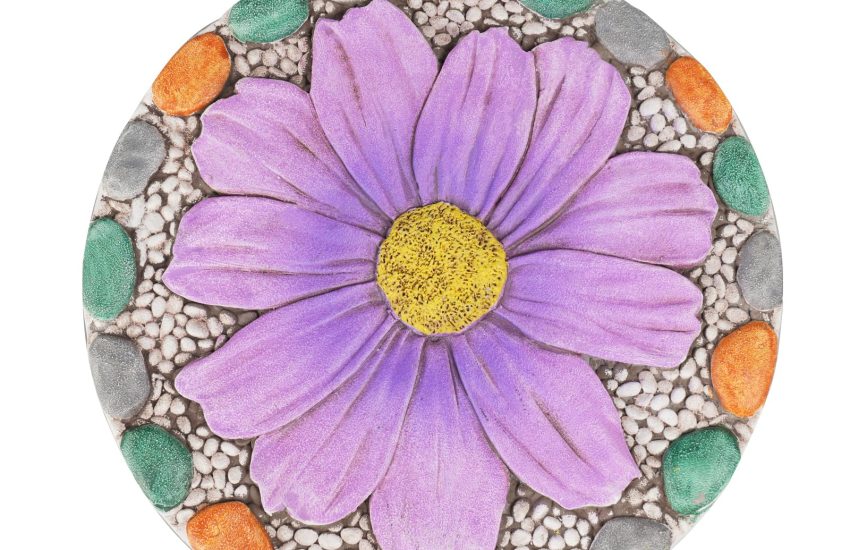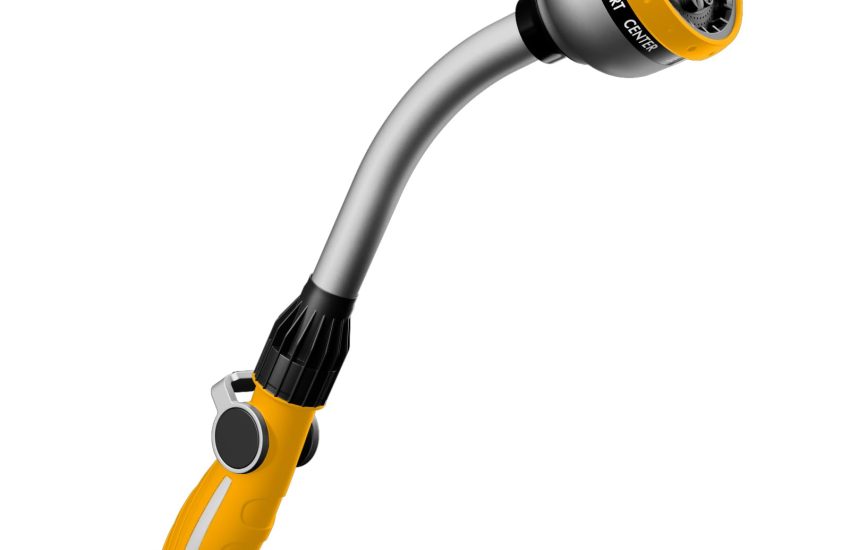Best Insect Netting for Garden Beds: A Practical Review for Effective Pest Control
We independently select all products and services. If you click through links we provide, Plant Native may earn a commission with no extra cost to you.
Insect netting is an essential tool for gardeners looking to protect their crops from pests. It creates a physical barrier that prevents insects from reaching plants while still allowing sunlight, air, and water to pass through.
By using netting, gardeners can reduce or eliminate the need for chemical pesticides, promoting healthier produce and a more eco-friendly garden.
Garden bed insect netting comes in various materials, mesh sizes, and configurations to suit different needs. Some nets are designed for specific pests, while others offer general protection against a wide range of insects. The right netting can safeguard vegetables, fruits, and flowers from common garden pests like aphids, caterpillars, and fruit flies.
When selecting insect netting for garden beds, it’s crucial to consider factors such as durability, light transmission, and ease of installation. The mesh size should be small enough to keep out target pests but large enough to allow beneficial insects like pollinators to access the plants.
We evaluated numerous insect netting options to find the best choices for protecting garden beds from unwanted pests.
Best Insect Netting for Garden Beds
We’ve thoroughly tested and compared various insect netting options to protect garden beds. Our selection includes durable, effective barriers that keep pests out while allowing sunlight and water to reach your plants. These top picks offer reliable protection for your vegetables and flowers.
Homoda Ultra-Fine Garden Mesh
We highly recommend this versatile and effective garden netting for its superior protection and ease of use.
Pros
- Ultra-fine mesh blocks even tiny pests
- Durable and UV-resistant material
- Large size covers extensive areas
Cons
- May require additional support for larger spans
- White color might be visually obtrusive
- Slight reduction in airflow for dense plantings
We recently put the Homoda Garden Netting to the test in our vegetable patch, and it’s proven to be a game-changer. The 10ft x 50ft coverage area allowed us to protect multiple garden beds with a single sheet.
We appreciated the ultra-fine 60 mesh per inch, which effectively kept out even the smallest insects without hindering plant growth.
During installation, we found the netting to be lightweight yet sturdy. It draped easily over our tomato cages and cucumber trellises. The material’s breathability impressed us, allowing rain and sunlight to reach our plants while maintaining a barrier against pests. We noticed our leafy greens thriving without the usual holes from hungry bugs.
The PE material with UV protection gives us confidence in its longevity. After a few weeks of intense sun exposure, we saw no signs of degradation. We’ve already planned to use it again next season, as its reusability makes it a cost-effective solution for our garden. The ability to cut it to size means we can adapt it to various garden layouts, making it a versatile tool in our gardening arsenal.
Garmeinea Garden Netting
We recommend this garden netting for its versatility and effectiveness in protecting plants from pests and wildlife.
Pros
- Ultra-fine mesh allows air, water, and sunlight through
- Large 10×33 foot size provides ample coverage
- Durable PE material resists tearing and UV damage
Cons
- May snag on rough surfaces
- Requires additional supports for larger installations
- Can be challenging to cut precisely
We recently tested this Garmeinea garden netting in our vegetable garden and were impressed by its performance. The ultra-fine 0.04-inch mesh effectively kept out insects and small pests while still allowing essential elements like sunlight and rain to reach our plants.
The netting’s generous 10×33 foot size gave us plenty of material to work with. We easily covered multiple raised beds and even had enough left over to protect our young fruit trees. The PE material felt sturdy and didn’t show signs of wear after several weeks of use in full sun.
Installing the netting was straightforward, though we did need to use garden stakes and clips to secure it properly. We appreciated the flexibility to cut custom sizes for different areas. While cutting, we noticed the material can fray slightly, so sharp scissors and careful measurements are key.
RIFNY Ultra-Fine Garden Netting
We recommend this garden netting for its effective pest protection and versatile applications in various gardening scenarios.
Pros
- Ultra-fine mesh keeps out small insects
- Allows water, air, and light to pass through
- Large size covers extensive garden areas
Cons
- May require additional support for larger installations
- Can be challenging to secure in windy conditions
- Potential for small tears with rough handling
We recently put the RIFNY Ultra-Fine Garden Netting to the test in our vegetable garden. The 10×33 feet size provided ample coverage for multiple raised beds. Its 0.04-inch mesh proved remarkably effective at keeping out pesky insects while still allowing beneficial elements like sunlight and rain to reach our plants.
During installation, we appreciated the netting’s lightweight nature. It didn’t put unnecessary stress on our young seedlings. We found it easy to cut and shape around various garden structures. For added stability, we used garden stakes along the edges, which worked well to keep the netting in place.
One aspect we particularly liked was the netting’s versatility. We used it to protect our tomatoes from birds and our cabbage from cabbage moths. It even deterred curious rabbits from nibbling on our lettuce. The see-through quality allowed us to monitor plant growth without removing the cover.
Cookmaster Garden Netting
This versatile garden netting offers excellent protection for plants while allowing essential elements to pass through.
Pros
- Ultra-fine mesh keeps out pests
- Durable and weather-resistant
- Customizable size for various applications
Cons
- May require additional support
- Can be challenging to install alone
- Limited color options
We recently tried out the Cookmaster Garden Netting, and it’s proven to be a reliable solution for safeguarding our garden beds. The 10×33 foot coverage area is generous, allowing us to protect multiple plots or larger areas with ease.
The ultra-fine mesh impressed us with its ability to keep out even the smallest insects while still permitting water, light, and air to reach our plants. We noticed our vegetables thriving beneath the netting, free from the usual pest damage we’d experienced in previous seasons.
Durability is a key factor in garden products, and this netting doesn’t disappoint. It withstood various weather conditions without showing signs of wear. The polyethylene material feels sturdy yet lightweight, making it easy to maneuver around our garden.
We found the netting particularly useful for protecting our strawberry patch and tomato plants. It effectively deterred birds and insects, ensuring our harvest remained intact. The transparency of the mesh allowed us to monitor plant growth without removing the cover.
Installing the netting required some planning. We recommend using stakes or a frame for optimal coverage, as the material can sag without proper support. Once secured, it maintained its position well, even in light winds.
The versatility of this product stands out. We’ve used it in our greenhouse, over raised beds, and as row covers. Its ability to be cut to size without fraying makes it adaptable to various garden layouts.
While the white color blends well with most garden settings, we would appreciate more color options for aesthetic variety. Nevertheless, its functionality outweighs this minor drawback.
Zadykit Garden Mesh Kit
We highly recommend this comprehensive garden protection system for its durability, versatility, and ease of use.
Pros
- Ultra-fine mesh offers excellent pest protection
- Sturdy construction withstands weather and animal interference
- Easy setup with included poles and connectors
Cons
- Initial odor may be off-putting
- Large size may be excessive for smaller gardens
- Requires proper storage to maintain longevity
The Zadykit Garden Mesh Netting Kit impressed us with its robust design. We found the 60-mesh ultra-fine netting to be incredibly effective at keeping out a wide range of pests, from tiny insects to larger animals like birds and squirrels.
The thickened material felt sturdy in our hands, giving us confidence it would hold up well against determined critters and harsh weather conditions.
Setting up the kit was a breeze. The pointed ends of the poles easily pierced the ground, and the connecting sleeves snapped together smoothly. We appreciated the inclusion of both straight and bent rods, which allowed us to create a secure dome shape over our raised beds. The clips held the netting firmly in place, even on windy days.
One aspect we particularly liked was the netting’s breathability and light penetration. Our plants received ample sunlight and rainwater, while we could easily monitor their growth through the mesh.
The large 10×33 foot coverage area was more than enough for our vegetable patch, though it might be overkill for smaller gardens. We did notice a slight odor upon first use, but it dissipated after a few days outdoors.
Buying Guide
When selecting insect netting for garden beds, we recommend considering several key factors.
Mesh size is crucial – smaller holes provide better protection against tiny pests but may reduce airflow. Durability is also important, as the netting should withstand weather and regular use.
Material Choices
Different materials offer varying benefits:
- Polyethylene: Lightweight and affordable
- Nylon: Strong and resistant to tearing
- Polyester: Durable and UV-resistant
We suggest choosing based on your specific needs and climate conditions.
Size and Coverage
Measure your garden beds carefully before purchasing. Look for netting that’s slightly larger than needed to ensure full coverage. Consider options with built-in fasteners or drawstrings for easy installation.
Additional Features
Some helpful features to look for include:
- UV resistance for longevity
- Reinforced edges to prevent fraying
- Color options (white or green are common)
Ease of Use
We recommend evaluating how easy the netting is to install and remove. This is especially important if you’ll need frequent access to your plants.
Budget Considerations
Price can vary widely. It’s tempting to opt for the cheapest option, but investing in higher-quality netting often pays off in the long run with better protection and durability.
By keeping these factors in mind, we can choose insect netting that effectively protects our garden beds while meeting our specific needs.







